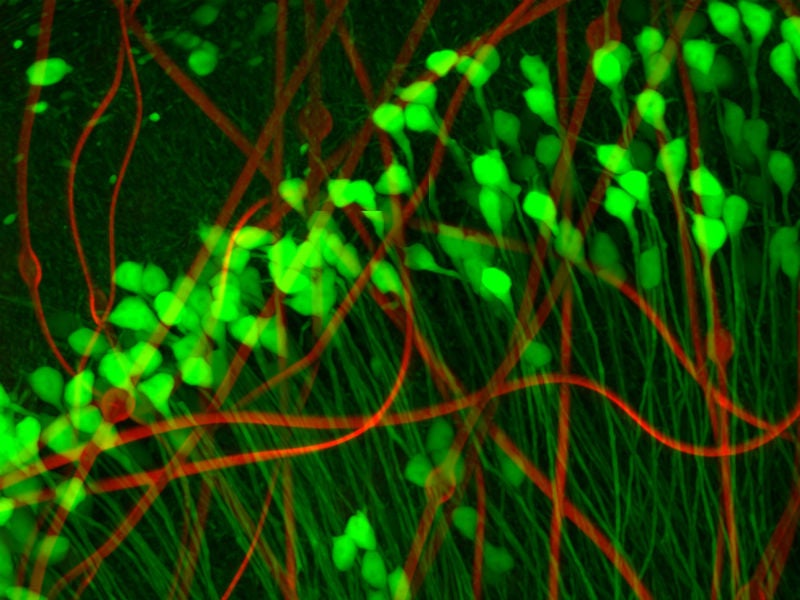
Researchers at Harvard University in the US have designed a probe that looks, acts and feels like a real neuron so that the brain does not identify it as a foreign object and try to attack it.
Professor Charles Lieber and his lab colleagues authored the study, which has been published in the journal Nature Materials.
The probes have been designed to be directly implanted into brain tissue and survive as long as possible in the organ’s warm and humid environment. Each probe consists of sensors within a protective casing that can send data back to researchers.
Information from the devices, such as how and when individual neurons fire and neural circuits communicate, could highlight ways to treat neurological conditions like Parkinson’s disease, reverse the neural decay linked to Alzheimer’s and ageing and could even enhance cognitive capabilities, the researchers said.
Current brain implants designed to gather similar results are said to trigger the brain’s foreign body response because they are too stiff and large compared to real neurons and neural tissue. Brain signals are difficult to capture beyond scar tissue and rigid probes cannot move position so become redundant.
Harvard fourth year grad student and first author of the study Xiao Yang said: “The stereotype of the neural probe is that they are giant compared to the neuron targets that they’re interrogating. But in our case, they are essentially the same.”
To make the microscopic tools, Yang and her colleagues used photolithography, which uses light to transfer a pattern on to material, and built the probe’s four distinct layers of metal and polymer one at a time.
Once built, the team used a syringe to inject 16 of their cell imitators into the hippocampus region of a mouse brain. There, they unfold to create a porous web which imitated the brain’s crisscrossing neuron network.
The study found that newborn neurons may use the artificial neuron-like electronics as a scaffold to reach damaged areas of the brain and help regenerate tissue.
Yang is now working to design even smaller and more flexible probes and explore the potential of neuron-like electronics serving as active scaffolding for regenerating neural tissue in vivo.



